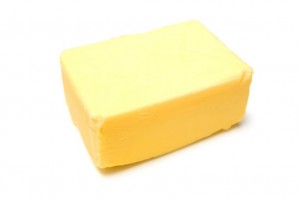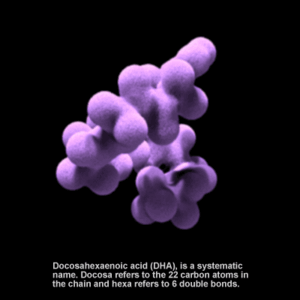Women who eat at least one portion of high-fat dairy food per day have more productive ovulation, by 27% than women who eat low-fat dairy. Women who eat 2 servings or more of low fat dairy have 85% more ovulation-related infertility. Is it the dairy, the fat, or a combination?
”The risk of anovulatory infertility was found to be 27 percent lower in women who ate at least one portion of high-fat dairy food per day compared with women who had one high-fat serving of dairy per week, or even less. Women who ate two or more portions of lowfat dairy foods a day increased their risk of ovulation related infertility by 85 percent.” Human Reproduction 2007;doi:10.1093/humrep/dem019.

We live in a world where low fat is treated as the holy grail of health, yet we forget that fats and fats alone contain certain essential nutrients, including those used to form hormones used in reproduction. The fat from pasture-raised cows contain has as much as five times the CLA (a fatty acid which is a potent anti-cancer agent, muscle builder, and immunity booster) as fat from grain-fed cows. The Omega 3 essential fatty acids are found in similar proportions to deep sea fish. Grass-fed milk contains rumenic acid (a CLA), DHA, vaccenic acid, branched chain fatty acids, butyric acid, lecithin, cysteine-rich whey proteins, calcium, iodine and vitamin D all of which have value from reducing cancer to increasing fertility.
Butterfat contains glycospingolipids, a special category of fatty acids that protect against gastro-intestinal infection, which would be protective during pregnancy. Raw butter is the only source of an anti-stiffness factor which prevents hardening of the arteries, cataracts, and calcification of the pineal gland- and which may prevent stiffness and adhesions of the fallopian tubes.
There is a case to be made that one should not take milk, and by milk I mean organic grass-fed milk, unless it comes with all of its fat. The balance of the drink is quite different, and there are constituents that mimic insulin and can stimulate insulin-resistance about which I have written before. Insulin resistance may affect the ability of sperm to penetrate the egg more than anovulatory infertility. Butterfat in the milk will slow insulin spikes, since we know that having some fat in the meal will lower an insulin curve after eating. The second statistic about two servings or more of nonfat dairy causing 85% more anovulatory infertility may indicate that there is an additional mechanism.
But is it the lack of milk fat or the lack of fat altogether that causes a reduction in ovulation? The study was not clear. Women who tend to drink low fat milk also tend to reduce fat overall in their diets. And I see women all the time who are thin, cold and infertile who have very little fat in their bodies or in their diets, usually of non-animal origin. Fat is needed for reproduction.
Among hunter-gatherers, fat is the preferred part of meat. Inuit hunters will frequently eat the vitamin-rich fatty organs and fat, giving the muscle meat to their dogs. Fat is what forms your brain, your hormones and allows your cell membranes to function. And animal fat like the important Omega 3s, DHA and EPA, are not easily converted from plant-based forms- in fact a significant portion of people lack the genetic mechanism to convert plant fats to these essential animal fats, which is why flaxseed oil is not a good substitute for fish oil.
I think that fats, particularly animal fats, are an important factor in fertility. Fat is the substance of the phospholipid bilayer that surrounds cells, including eggs, and lets nutrients and sperm through the membrane. Fat in the form of cholesterol makes up the building blocks of hormones needed to trigger ovulation and implantation. Young women who have very low fat in their diets and very little body fat frequently lose their menstrual periods and suffer bone loss due to lack of estrogens. This of course leads to fertility problems.

